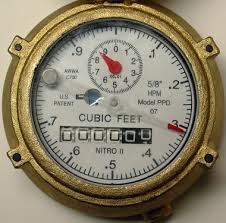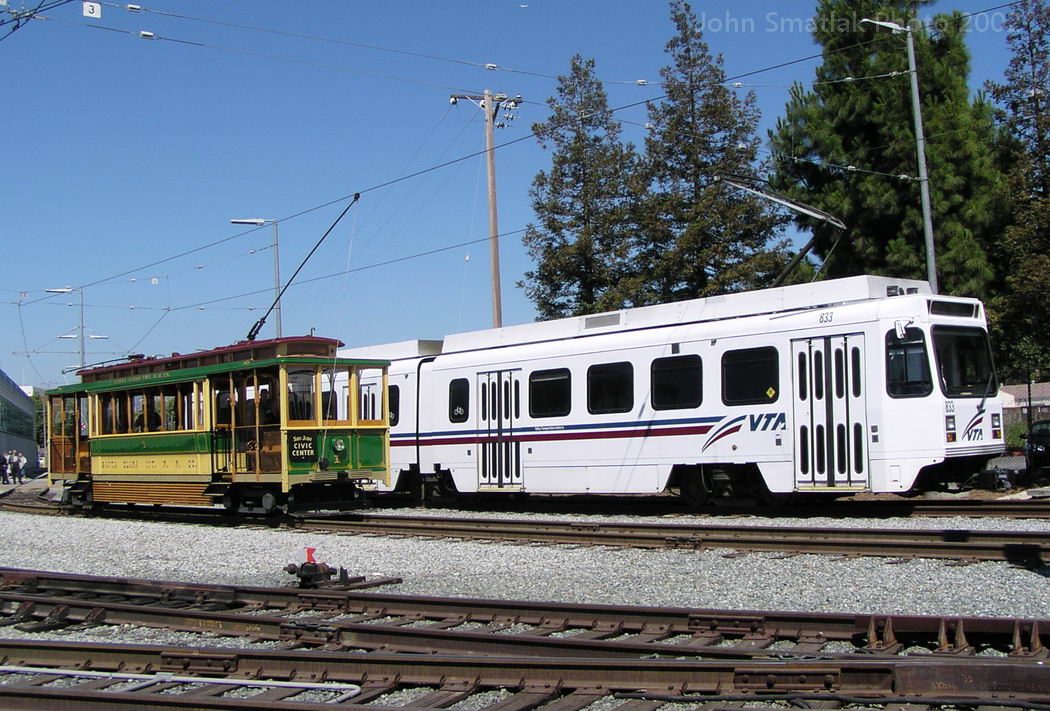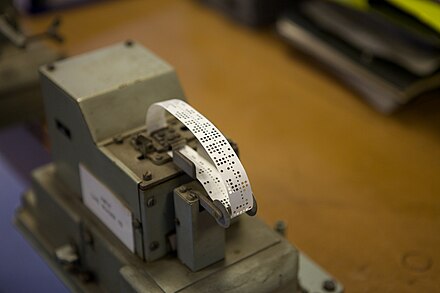Low-Tech San Jose
When you think of high-tech in San Jose, what comes to mind? Areas like transit, power grid, network communications, smart home? Probably not. Of all the technology companies in Silicon Valley, only a handful make their home in San Jose, and solely because City Hall doles out millions in subsidies.
So how did the "Capital of Silicon Valley" end up with its moniker? Insiders understand the joke: San Jose is a technology backwater, not the leader its title would suggest. But early on, San Jose was home to great technological and cultural innovation.
High-Tech Origins
San Jose technology was a forerunner of the current tech industry for nearly a century. Much of this is documented in Clyde Arbuckle's History of San Jose.
| Communications Leader | 1853 | The first intra-city telegraph line in the state became operational from San Jose to San Francisco. San Jose would become the first city in California on the Western Union system. |
| Advanced Power Grid | 1881 | The world's first successful city-sized electric light tower was built in downtown San Jose, brilliantly illuminating the area and making a major advance in public safety. A scale replica can be found at the History Park. The city was also plumbed for natural gas far earlier than many other communities. |
| Modern Transit | 1890 | San Jose trolley lines, horse-drawn decades, started their conversion to overhead electric. A complex patchwork of electric trolleys eventually covered all of San Jose and took its citizens not only from the most distant developments to the center as well as to industrial jobs, but also to outlying areas like Alum Rock Park for vacation and relaxation. |
| Original Smart Home | 1905 | "Winchester Mystery House" spiritualist Sarah Winchester was actually a high-tech visionary, employing electric ignitors for gas lamps, a water recycling system that used gray water from indoors to irrigate the gardens around the house, and specially designed high-efficiency fruit dryers to maximize output from the vast orchards adjacent to the house. |
| Wireless Technology | 1909 | The country's first licensed experimental radio station, KQW, had its home in downtown San Jose. |
| Network infrastructure | 1927 | San Jose had the west coast's first trans-Atlantic telephone service. |
By the 1920s, this innovative spirit was demonstrated by the structures in the strikingly inviting center of town and surrounding neighborhoods.
| Attracting Business | Beautifully laid-out and of surprising architectural diversity, the downtown core buildings were full of merchants doing brisk business. The high-rise Bank of America building was its centerpiece. "Auto Row" marked its southern end (where 1st and Market streets merge). |
| Entertainment | With a thriving theatrical spirit and many cultural events, San Jose was the go-to spot for both nearby and distant communities. Refer to Theaters of San Jose for some fantastic examples. |
| Planned communities | Alongside the downtown core were extensive and well-planned residential developments, with a balanced mix of industrial areas heading down Monterey Road. Ease of travel between home and work was integral to the efficiency of the city. |
Low-Tech San Jose Today
Of the many areas where a purported high-tech Mecca should be leading the way, San Jose ranks near dead-last in most categories. The decline of San Jose innovation started after the Crash of 1929 and accelerated throughout the 1930s. A plan hatched in the 1950s to make San Jose more like Los Angeles sealed its fate.
| Stagnant Infrastructure |
We all know high-tech when we see it. But what does the lack of technological progress look like?
|

|
| Crude Water Metering |
For nearly a decade, cities across the nation have had water flow monitoring at individual homes and businesses. Even small towns like Dubuque, Iowa use high-tech electronic metering to save million of gallons by catching water leaks at the outset. San Jose, a city in a chronic state of drought, has no such technology. Instead, the local water monopoly promotes "insurance", for a monthly fee - much like Mafia "protection". |

|
| Dark Street Lighting |
Bright streetlights were the norm in San Jose for decades. Yellow ones were put in from 1980 to cut glare to Lick Observatory, an unattractive but understandable compromise. Today they have been replaced by the dimmest LED lighting units imaginable, each barely able to illuminate the few square yards directly below it. Downtown San Jose streets, in particular, have never been darker or more inviting to crime. |

|
| Terrible Transit | Installed in the 1980s, the light rail transit system was a worthy attempt to revive the efficiency of the extensive trolley lines whose tracks were ripped out in the 1940s. But this new system never moved beyond the crudest of capabilities. Even with freeways moving at a snail's pace on a daily basis, light rail is still significantly slower and does not merit consideration as a usable alternative. |

|
| Simple-Minded Stop Lights |
Traffic light programming throughout San Jose never moved beyond the capabilities of the 1970s -- its level of sophistication is tied to the days of computer punched tape programming. Non-existent signal synchronization and wasted intersection time turn 15-minute commutes into hour-long daily slogs. |

|
So when you think of High-Tech San Jose, focus on the positive, that marvelous time 100 years ago when San Jose was truly a tech giant!